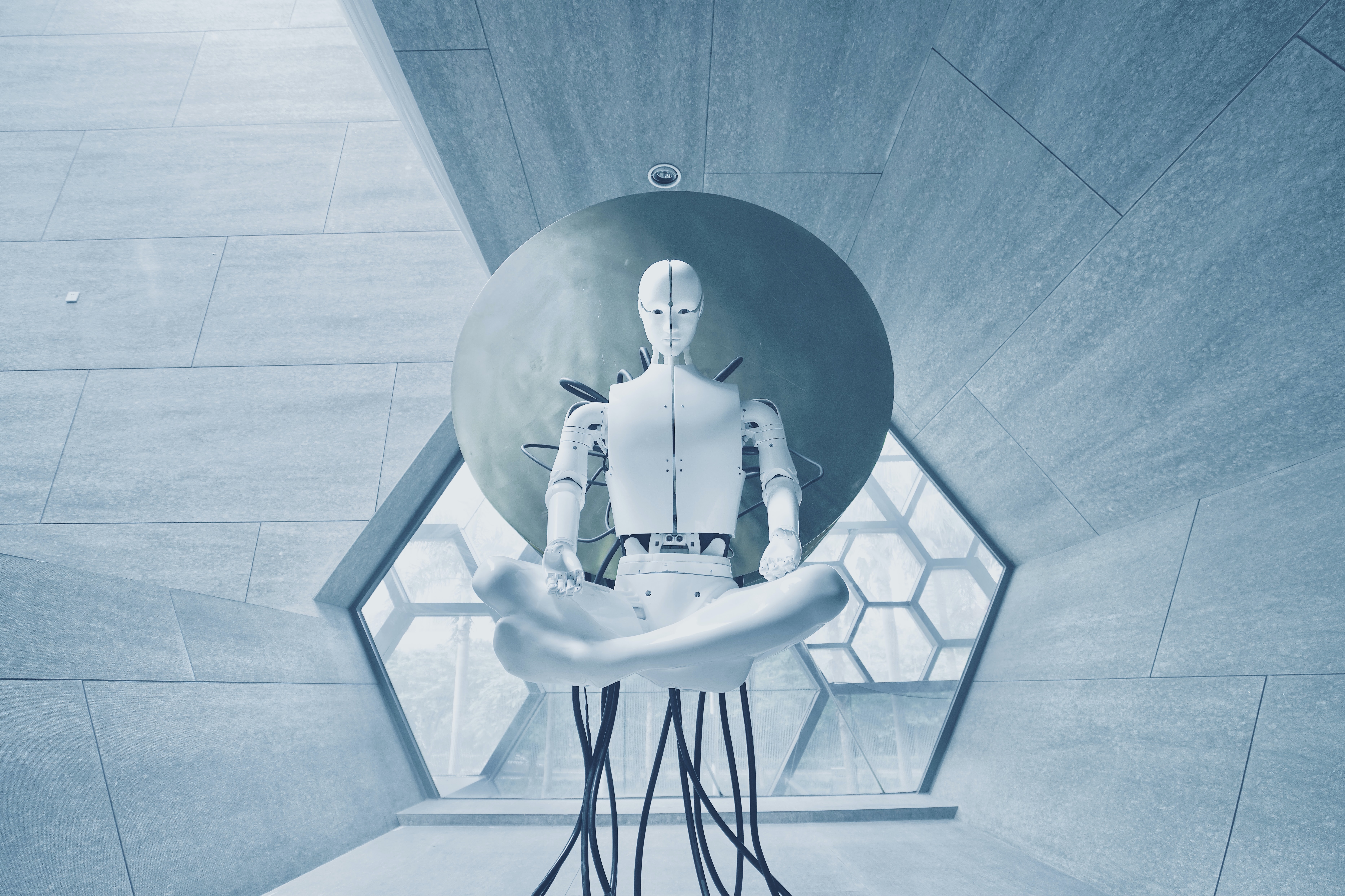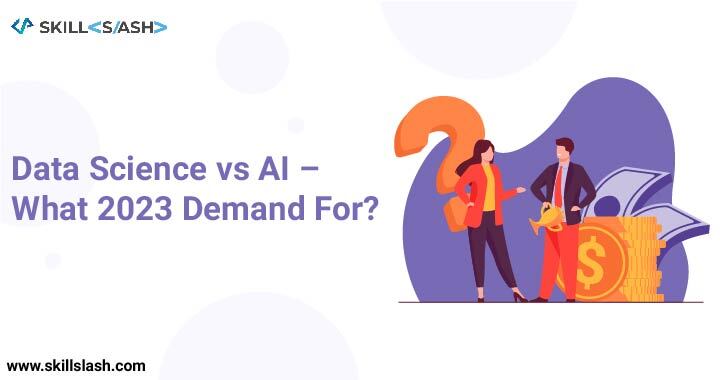
What is CLIP?
CLIP, the first multimodal (vision/text) computer vision model ever built, has been released by OpenAI. CLIP is the first multimodal (vision/text) computer vision model ever constructed. The CLIP repository from OpenAI is a great resource "CLIP networks are neural networks that have been trained on a variety of image and text pairs (Contrastive Language-Image Pre-Training). It is possible to teach GPT-2 and GPT-3 to anticipate the most suitable text fragment based on an image, just as it is possible to teach GPT-2 and GPT-3 to anticipate the most appropriate text fragment based on a photo." This may or may not make sense to you, depending on your previous experience and education. It's time to unload.
The best online data science courses can be helpful to get better understanding on this subject.
- Clip is a model of a neural net.
- It has been honed using 400,000,000 image-text pairings as training data. A photograph and its caption are an example of an image and text pair. There are 400,000,000 images and their accompanying captions, and this data is employed in the CLIP model's development.It can extract text from an image if you give it one. An image's caption or summary may be returned using the CLIP model.
- Like GPT-2 and 3's zero-shot capability," without optimizing for the task. Most machine learning models are taught to do a specific task. An image classifier has been trained to classify dogs and cats in pictures. A machine learning algorithm trained on dogs and cats is unlikely to boost raccoon detection. As a result of "zero-shot learning," models like CLIP, GPT-2, and GPT-3 perform well on tasks they weren't taught.
- On calls this "zero-shot learning" the process of making predictions for classes not encountered in the training data. As a consequence, a raccoon detection model will be constructed using just cats and dogs. Even if the picture you're looking at is substantially different from the training photographs, your CLIP model will probably be able to give you a decent approximation at the description for that image.
The CLIP model is composed of:
- A neural network model built from billions of photographs and descriptions
- Can find the best caption for a photo, and
- This system's "zero-shot" characteristics enable it to correctly predict whole courses!
The data science course fees can go up to INR 4 lakhs.
How Does CLIP Work?
Images and text may only be linked together if they are both embedded. Even if you've never thought about embeddings this way, you've already used them in the past. Let's have a look at an illustration of this. You have one cat and two dogs in your home.
Encoders are two sub-models of the CLIP model:
- Text encoding software for embedding and smashing text into mathematical space.
- Embed (smash) pictures into mathematical space using an image encoder.
Fitting a supervised learning model necessitates measuring the "goodness" or "badness" of the model in order to select one that is as "most good" and "least bad" as feasible. Both text encoders and picture encoders in the CLIP paradigm aim to maximize good and decrease bad.
Several fundamental drawbacks of the traditional deep learning method to computer vision were addressed by CLIP:
Costly Datasets
Vision models have typically been trained using costly and time-consuming manually labelled datasets that only cover a small subset of possible visual ideas. More than 25,000 people worked on ImageNet, one of the biggest datasets in this field, which included 14 million photos and 22,000 item classifications. CLIP, on the other hand, is trained using publicly accessible text–image pairings. Self-supervised learning, contrastive techniques, self-training methodologies, and generative modeling have all been intensively investigated in the past for ways to reduce the requirement for costly, huge labelled datasets.
Narrow
An ImageNet model can predict more than 1000 ImageNet categories. Each new task requires a fresh dataset, an output head, and fine-tuning the model. However, CLIP requires no further training samples to handle a wide variety of visual classification tasks. If a new task's visual concepts are named, CLIP's text-encoder will create a linear classifier of CLIP's visual representation connection. This classifier is usually as accurate as fully guided models. A data science course in India can help you enhance your skills.



























